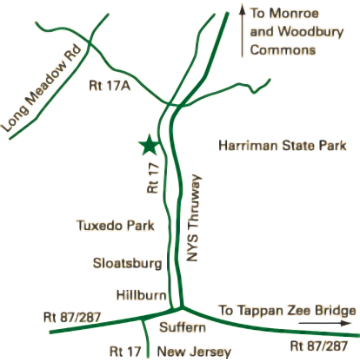
Blue Spruce is a beautiful Conifer to add to your landscape, adding striking color throughout all the seasons. It does quite well and looks amazing as long as it is planted in the right site locations. When planted in poor site locations and exposed to environmental stresses; such as drought, freeze injury, or high temperatures the Conifer becomes more prone to disease. The two most common diseases within the Blue Spruce species is Cytospora Canker of Spruce and Rhizosphaera Needle Cast.
Cytospora Canker of Spruce
Infected Spruce trees show scattered branch die-back, often starting on the lower branches. A close look at the dead branches usually reveals the presence of sticky white sap. Infected trees produce this resinous sap in response to the infection by the canker fungus. The fungus enters the tree through wounds or branch stubs and starts to encircle branches which causes the branch to die. The needles on branches first turn brown and then go bare.
The best control is prevention. Make sure trees are planted in the right location, meaning well-drained soils and space for the tree to grow unrestricted with maturity. Adding mulch to the trees and watering deeply during dry spells, including your established trees, increases their overall health.
When you see a tree starting to decline make sure to check for signs of the canker. Pruning out diseased branches is the best way to treat the trees that are showing signs of the disease. Prune at least 4-6″ below any visible cankers, sometimes you may even have to prune back to the trunk. To minimize the spread of the disease, prune only during dry periods, wet conditions will only spread the fungal spores. Unfortunately, fungicide sprays are generally not effective at controlling canker diseases.
Rhizosphaera Needle Cast
An infectious needle disease caused by the fungus Rhizosphaera needle cast, is the most common problem on blue spruce. The first sign of the disease is usually seen on the lower branches and then gradually climb upward. During late summer, this disease causes first year needles to appear mottled or speckled with dull yellow or reddish blotches. Then second year’s needles usually turn a brownish-purple and proceed to fall off the tree. After several years of needle loss the branches will eventually die. The discolored needles should be looked at through a magnifying glass and if small black rows of dots are seen the tree has been infected with the fungus. The fungus overwinters in the infected needles on the tree and those fallen on the ground and is spread through splashing or dripping water and extended wet weather. Preventative measures include spacing trees properly to allow for good air circulation, using mulch to keep growing plants vigorous, watering when needed and making sure not to shear when the foliage is wet.
As with most fungal diseases, infection occurs in warm, wet weather. The spores of Rhizosphaera needle cast are released from spring until fall; thus, working near trees in wet weather should be avoided throughout the growing season.
For all trees showing symptoms, remove (when feasible) dead branches, fallen needles, and cones under the tree to prevent further infections. Prune surrounding plants to promote better air circulation and keep plants well watered, especially in periods of drought, to alleviate stress. Water all evergreens before winter to avoid root desiccation and winter injury. Diseased tree should be sprayed with a fungicide in the last 2 weeks of May and again 4 to 6 weeks later. Be sure to fully cover the tree when applying the spray. Trees are rarely killed by Rhizosphaera needle cast, but several years of attack will take its toll and only the current season needles may remain.
Blue Spruce is a beautiful specimen and when cared for properly, will provide you with all season rewards.






